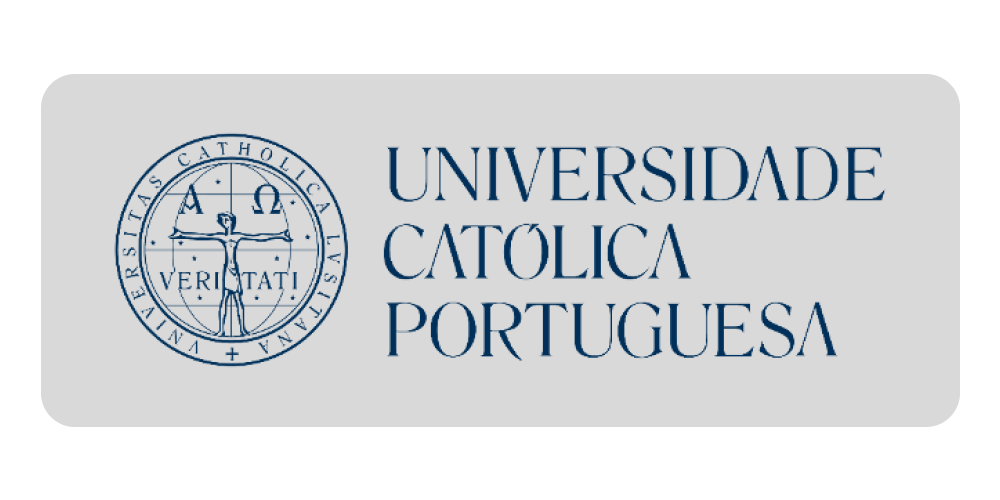'University of Zagreb, Department of Geography'
Obalni turizam u Crnoj Gori – razvojna dinamika, prostorni razvoj i buduće perspektive
2011
English
Montenegro seeks its future perspectives in tourism. And there are good reasons for that: The country was considered to be the fastest growing tourism market worldwide in 2007. Notwithstanding a slight decrease during the last years, tourism is still seen as a crucial factor for future economic development. This seems to be a viable option if we consider Montenegro’s natural potential, its beneficial position on the Adriatic coastline and the experience in tourism gained in the many years since the 1970s.
These dynamic developments were motivation enough to explore tourism in Montenegro in a research project with strong empirical evidence, organised as co-operation between Universities from Germany, Albania, Montenegro and Serbia. Our empirical approach
included semi-structured, flexible interviews with different types of stakeholders. Since tourism in Montenegro is still almost entirely limited to the coast, we chose three coastal hot-spots in tourism, namely Kotor, Budva and Ulcinj.
Our results show that the current development in tourism can surely be considered as progressive and dynamic. But it is also strongly affected by multiple polarisations and divergent trends. There is a need for infrastructural upgrades in the mass tourism sector,
which is for the most part a low budget market with very difficult future perspectives. At the same time, there is a small but growing number of very exclusive offers, often seen as the vanguard of Montenegro’s future as an upper class tourists’ destination. All in all,
the economic bias towards coastal tourism involves the risk of an increase in the already strong spatial disparities, leaving behind a mountainous hinterland with a shrinking economy and population.Crna Gora traži svoju budućnost u turizmu, i to s dobrim razlozima: u 2007. godini bila je najbrže rastuće turističko tržište u svijetu. Unatoč blagom padu posljednjih godina, turizam se i dalje smatra najvažnijim faktorom budućeg ekonomskog razvoja države. To i
ne čudi, uzmu li se u obzir prirodne karakteristike Crne Gore, položaj na obali Jadranskog mora i iskustvo u turizmu koji započinje još 1970-ih.
Ovakav dinamičan razvoj bio je glavni razlog za istraživanje turizma Crne Gore putem znanstvenog projekta nastalog u suradnji sveučilišta iz Njemačke, Albanije, Crne Gore i Srbije. Empirijski pristup u ovom istraživanju uključuje polustrukturirane, fleksibilne intervjue s različitim dionicima. S obzirom da je turizam Crne Gore vezan gotovo isključivo uz obalu, odabrana su tri obalna turistička centra – Kotor, Budva i Ulcinj.
Rezultati pokazuju da je razvoj tržišta turističkih usluga u Crnoj Gori dinamičan i napreduje, dok je istovremeno karakteriziran jakom polarizacijom i divergentnim trendovima. Potrebna su ulaganja u sektoru infrastrukture koja je većinom orijentirana na masovni turizam i tržište niske platežne moći kojem je razvojna budućnost neizvjesna. Istovremeno, postoji malena, ali rastuća ponuda ekskluzivnih turističkih usluga koje se smatraju predvodnicom budućeg razvoja Crne Gore kao destinacije za bogate turiste. Sve
u svemu, gospodarski naglasak na razvoj obalnog turizma uključuje i rizik povećanja već snažnih prostornih dispariteta, ostavljajući za sobom planinsku unutrašnjost s padom u gospodarskom razvoju i populaciji
'University of Zagreb, Department of Geography'
Obalni turizam u Crnoj Gori – razvojna dinamika, prostorni razvoj i buduće perspektive
Montenegro seeks its future perspectives in tourism. And there are good reasons for that: The country was considered to be the fastest growing tourism market worldwide in 2007. Notwithstanding a slight decrease during the last years, tourism is still seen as a crucial factor for future economic development. This seems to be a viable option if we consider Montenegro’s natural potential, its beneficial position on the Adriatic coastline and the experience in tourism gained in the many years since...
Preuzmite dokument
English
2011
 Matthias Bickert
,
Daniel Göler
,
Holger Lehmeier
Matthias Bickert
,
Daniel Göler
,
Holger Lehmeier






